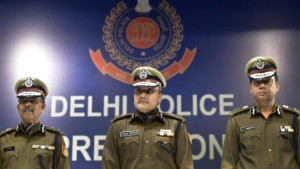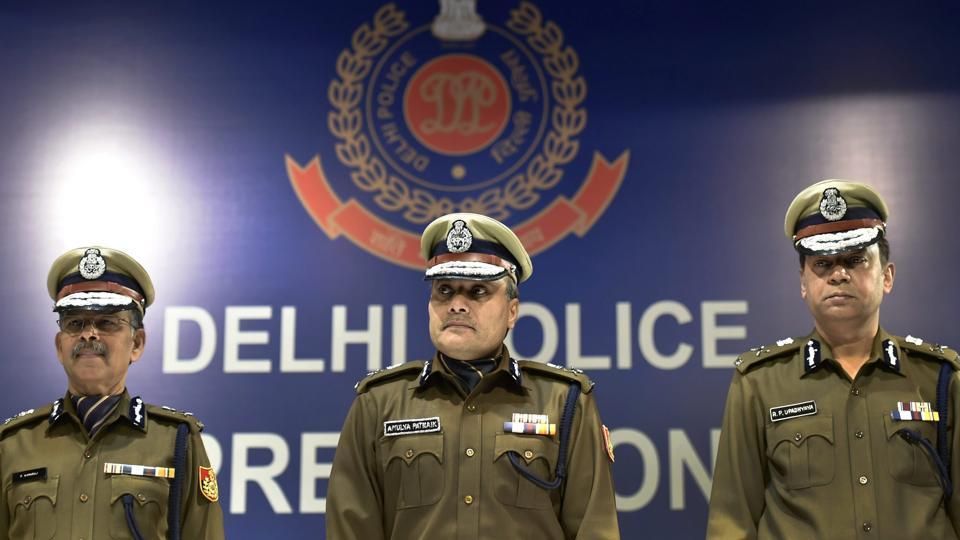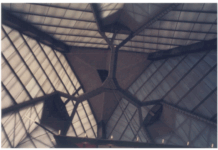 NEW DELHI: What is the common link in cracking the Nirbhaya gang rape case, Kailash Satyarthi Nobel Prize citation theft case and the Dhaula Kuan gangrape case?
NEW DELHI: What is the common link in cracking the Nirbhaya gang rape case, Kailash Satyarthi Nobel Prize citation theft case and the Dhaula Kuan gangrape case?
Apart from they being high-profile cases spread over nearly seven years, they tested the nerve of Delhi Police.
But that’s not all. They were also the cases in which Delhi University students from the Institute of Informatics and Communication helped investigators in providing vital clues.
In December 2012, a 23-year-old female physiotherapy intern was gangraped and tortured by six men in a moving bus in a South Delhi neighborhood. The men later threw her out of the bus onto a road. She succumbed to her injuries on December 29 that year at Mount Elizabeth Hospital in Singapore.
The first clue in cracking the case came from the CCTV camera footage of the bus in which the woman was brutalized.
Sanjeev Singh, an associate professor of the institute said police visited them with the footage and Yadav was found written on the bus which led the investigators to the accused.
In the 2010, when a woman executive of a BPO firm was raped by five men in Dhaula Kuan, police had then too come to Singh with the footage of the van in which she was assaulted.
“The camera had captured a photo of the vehicle and policemen were present at my home for three days. I worked on developing clues from the footage. We found that it had an extra headlight and ‘tripals’ were kept in it,” Singh said, recalling that this helped the investigators in concluding that the vehicle was a pick-up van.
Subsequently the accused were arrested and the vehicle, used mostly by people based in Mewat region, was also found.
When Kailash Satyarthi’s Nobel Prize replica and citation were stolen from his Kalkaji residence, police were under severe pressure to trace the people involved in the theft. The students of the Delhi University department came to their rescue and they scanned through hours of footage to help identify the accused by comparing footage from day and night.
“The accused had come for a recce during the day, and in the night we had images that were not very clear. But we compared the heights of the men who had visited the area during daytime. Subsequently, police identified the three brothers involved in the case,” said one of the students.
“The police come to us with a lot of expectations and we try to help them in the best way we can,” Singh, also the joint director of the Delhi University Computer Centre, said.
The students who train under Singh, however, said at times policemen visit them with unrealistic expectations. “There are times when they give us footage of masked men and ask us to tell them how the person would look without the mask. At other times, they ask us to remove the helmet of the driver and show them his features,” another student said.
The students said they enjoy helping investigators nonetheless. It’s fun sometimes, they said. Sometimes police bring funny footage in which the accused can be seen covering their faces after realizing that they are being watched through cameras.
“We have also seen footage where the accused are seen flying like Superman to break the cameras or turning them towards the other direction,” another student added.PTI






